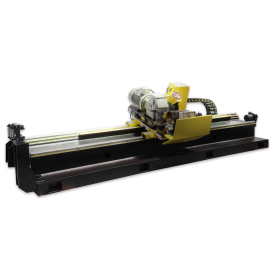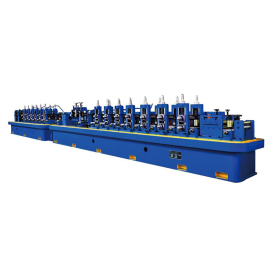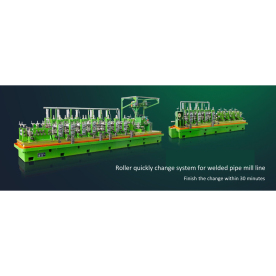[High-Impedance Impedor]Understanding High-Impedance Impedors: Their Importance in Electronics and How They Enhance Circuit Performance
News 2024-12-24
In the world of electronics, understanding the various components and their characteristics is essential for designing efficient circuits. One critical concept that often arises in discussions about circuit design is the high-impedance impedor. High-Impedance Impedors play a significant role in various applications, such as analog input circuits, measurement devices, and data acquisition systems. In this article, we will explore what a high-impedance impedor is, its significance, its applications, and how it enhances circuit performance.
What is a High-Impedance Impedor?
A high-impedance impedor is an electronic component or circuit configuration that exhibits a very high input resistance relative to the output impedance. In simpler terms, it is designed to present minimal load to the circuit it connects to, which is crucial in preserving the signal characteristics of the source. This high input impedance is generally achieved through components like operational amplifiers (op-amps), field-effect transistors (FETs), or specialized measuring devices.

Understanding High-Impedance Impedors: Their Importance in Electronics and How They Enhance Circuit Performance
Importance of High-Impedance Impedors
The significance of high-impedance impedors becomes apparent when dealing with sensitive electronic systems. For instance, in audio and instrumentation applications, preserving the integrity of the input signal is paramount. If an audio system has a low-impedance input, connecting it directly to a high-impedance source (like a guitar pickup) can lead to loss of high-frequency response and overall tonal quality. A high-impedance input prevents this degradation by ensuring that the signal remains unaffected.
Furthermore, in measurement applications, particularly in the fields of instrumentation and data acquisition, high-impedance impedors allow for accurate readings. Measuring devices such as oscilloscopes or voltmeters ideally want to present very high input impedance to minimize the impact they have on the circuit under test. High-impedance impedors allow these devices to pick up signals without altering the conditions of the circuit, which is especially critical in medical, automotive, and industrial environments.
Applications of High-Impedance Impedors
High-impedance impidors have a wide range of applications across various fields. Here are a few notable examples:
1. **Analog Signal Applications**

Understanding High-Impedance Impedors: Their Importance in Electronics and How They Enhance Circuit Performance
2. **Sensors and Measurement Devices**
In systems with sensors, such as thermocouples or photodiodes, a high-impedance signal conditioning circuit is vital. These sensors often generate very small signals that can easily be swamped by external noise. High-impedance input stages allow for accurate amplification and processing of these faint signals, enabling precise measurements.
3. **Data Acquisition Systems**
In instrumentation and data acquisition, high-impedance inputs prevent distortion of the incoming signals. They allow multiple channels to be monitored simultaneously without affecting each other, which is crucial when precision is required.

Understanding High-Impedance Impedors: Their Importance in Electronics and How They Enhance Circuit Performance
Incorporating high-impedance impedors into a circuit design enhances performance in various ways:
- **Minimized Loading Effects**: By presenting high input resistance, these circuits avoid loading down sources, which means signals can pass through without degradation. - **Increased Signal Integrity**: High-impedance inputs maintain stability and fidelity of signals, ensuring that they remain accurate and reliable for further processing.
- **Versatile Connectivity**: High-impedance designs can work effectively with a wide range of sources and loads, providing flexibility in circuit design.
- **Easier Integration of Multiple Components**: High input impedance allows integration with multiple sensors and devices, facilitating complex data acquisition without interference.
Conclusion
High-impedance impedors play a crucial role in modern electronics, ensuring that delicate signals are preserved in various applications. Their importance spans across fields such as audio processing, instrumentation, and data acquisition, where signal integrity and performance are paramount. Understanding the function and advantages of high-impedance impedors enables engineers and designers to create more efficient and reliable electronic systems. With the emergence of more sophisticated applications, the relevance of high-impedance technology will continue to grow, pushing the boundaries of what is possible in electronic design.
